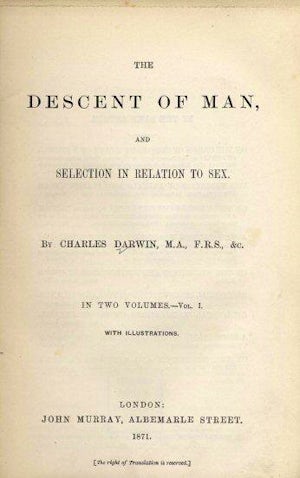1915. The Legislature of Nebraska passes legislation aimed at the lawful sterilization of individuals deemed to be mentally unfit. The legislation specified who could be a candidate for sterilization and the conditions under which sterilizations could take place.
In terms of candidates, inmates of state institutions for the feebleminded, as well as inmates of penitentiaries, were lawful candidates for sterilization (Landman, p.74). The legislation specified that if inmates were to be discharged they first had to undergo a review process, one where they were questioned on their family history, mental and physical characteristics, and more. If, after the review, it was thought that they were "at risk" of passing on "undesirable" heritable traits, then they were offered a choice: either undergo a sterilization procedure and be released into society or don't but stay in the custody of the state (Kaelber, 2011). In principle, then, consent of the patient or his or her family was necessary required.
Further legislation was introduced 1925 to expand and elaborate on the sterilization procedures. In 1929 this legislation was repealed and new legislation was introduced. The new legislation added provisions so that those convicted of certain crimes could also be sterilized (e.g., rape or incest) (Kaelber, 2011).
As a result of this legislation, and others, a total of 902 individuals were sterilized in Nebraska. Of those, 53% were women. The overwhelming majority of those sterilized were deemed mentally deficient, of some form or other. As a consequence of these results Nebraska ranks 14th in the United States in terms of total number of sterilizations (Kaelber, 2011).
-Luke Kersten
Kaelber, L. (2011). Eugenics: Compulsory Sterilization in 50 American States. Retrieved from http://www.uvm.edu/~lkaelber/eugenics/NE/NE.html.
Landman, J.H. (1932). Human Sterilization: The History of the Sexual Sterilization Movement. New York: MacMillan.
 1869:
Galton publishes Hereditary Genius
1869:
Galton publishes Hereditary Genius
 1871:
Charles Darwin publishes The Descent of Man
1871:
Charles Darwin publishes The Descent of Man